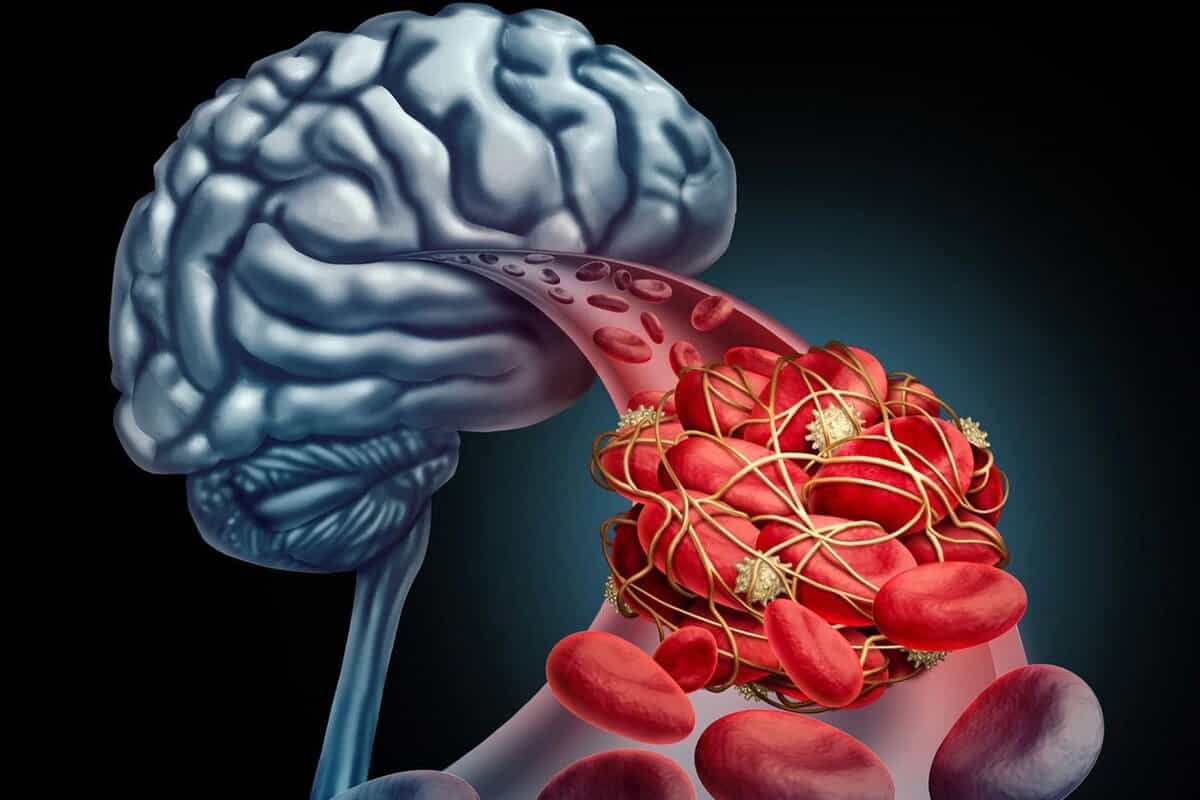Stroke is the leading cause of serious, long-term disability in the US and the third leading cause of death. About 87% of strokes are ischemic, caused by interruption of the blood supply to the brain, usually due to a blood clot in a narrowed artery. Hemorrhagic strokes occur when a blood vessel supplying the brain bursts. Here are ten ways you can significantly reduce your risk of having a ‘brain attack’.
Table of Contents
1. Control your blood pressure
About a third of American adults have high blood pressure, a well-known risk factor for stroke. Recent research suggests that even mildly elevated blood pressure can be dangerous. A meta-analysis published in the journal Neurology examined data from 760,000 study participants who were followed for up to 36 years. The researchers found that people with prehypertension (higher than 120/80 mm Hg) were 66% more likely to experience a stroke than those with normal blood pressure.
2. Eat more tomatoes
Tomatoes are the best source of the carotenoid lycopene. This antioxidant helps to prevent the oxidation of LDL cholesterol which leads to the formation of plaque in the arteries. A study published in the journal Neurology followed 1,031 Finnish men aged 46-65 for an average of 12 years. Those with the highest levels of lycopene in their blood were 55% less likely to have a stroke and 59% less likely to have an ischemic stroke than those with the lowest levels. Other antioxidants studied had no effect on stroke risk.
3. Quit the soda habit
Researchers from Cleveland Clinic’s Wellness Institute analyzed data on beverage consumption among 43,371 men and 84,085 women. They found that people who drank one or more serving of soda a day had a significantly higher risk of stroke than those who drank none. The sugar load in soda causes rapid increases in blood sugar and insulin which, over time, can contribute to the formation of arterial plaques and blood clots, increasing the risk of ischemic stroke.
4. Use more olive oil
In a French study published in the journal Neurology, researchers followed 7,625 adults aged 65 and older for five years. Participants were asked how often they used olive oil in cooking, on salads or with bread. After ruling out other factors such as overall diet, weight, and exercise, the study found stroke risk was 41% lower in those who regularly used olive oil compared with those who never used it. Olive oil may protect against conditions such as high cholesterol and high blood pressure that can lead to stroke.
5. Drink coffee and green tea
A Japanese study followed more than 83,000 participants aged 45 to 74 over a course of 13 years. Researchers found that those who drank at least one cup of coffee daily reduced their stroke risk by 20%. Those who drank two to three cups of green tea daily had an additional 14% decrease in stroke risk. The chlorogenic acid in coffee and catechins in green tea are thought to inhibit the formation of blood clots that can lead to ischemic strokes.
6. Power walk
Danish researchers investigated links between lifestyle factors and the development of metabolic syndrome, a combination of factors that increase the likelihood of heart disease and stroke. They collected data from more than 10,000 adults aged 21 to 98, then followed them up for10 years. The study revealed that the intensity of exercise was more important than duration for preventing metabolic syndrome. Fast walking and jogging cut the risk by 50% percent, but an hour-long daily stroll made no difference.
7. Get sufficient sleep
Researchers from the University of Warwick analyzed data from 470,000 participants across eight countries including the US. They found that people who routinely sleep less than six hours a night have a 15% greater chance of developing or dying from a stroke than those who sleep longer. Sleep deprivation produces hormones and chemicals in the body which increases the risk for a range of disorders.
8. Drink alcohol in moderation
An analysis of data from more than 83,000 women found links between alcohol consumption and stroke risk. Low to moderate drinkers (an average of ½ to 1½ glasses a day) had a 17% to 21% reduced risk for stroke compared to abstainers. The heaviest drinkers in the study (an average of 2-3 glasses daily) had an increased risk for ischemic stroke, but a slightly decreased risk for hemorrhagic stroke. Alcohol in moderation may help to prevent the formation of arterial plaques.
9. Eat more bananas
A study published in the journal of the American Heart Association investigated the link between dietary potassium and stroke. Researchers followed 90,137 women aged 50 to 79 for an average of 11 years. Women who ate the most potassium were 12% less likely to suffer a stroke in general and 16% less likely to suffer an ischemic stroke. Stroke risk was 21% lower in women who ate the most potassium and did not have high blood pressure. High potassium foods include bananas, beans, and green leafy vegetables.
10. Stay Positive
Researchers at the Harvard School of Public Health analyzed 200 studies and found that characteristics such as optimism and happiness were linked to a lower risk for vascular disease. People who had a greater sense of well-being also tended to have healthier lifestyles and were less likely to have risk factors such as high blood pressure, high cholesterol, and obesity. Among people who did have established risk factors, those who were the most optimistic were less likely to experience a heart attack or stroke.




